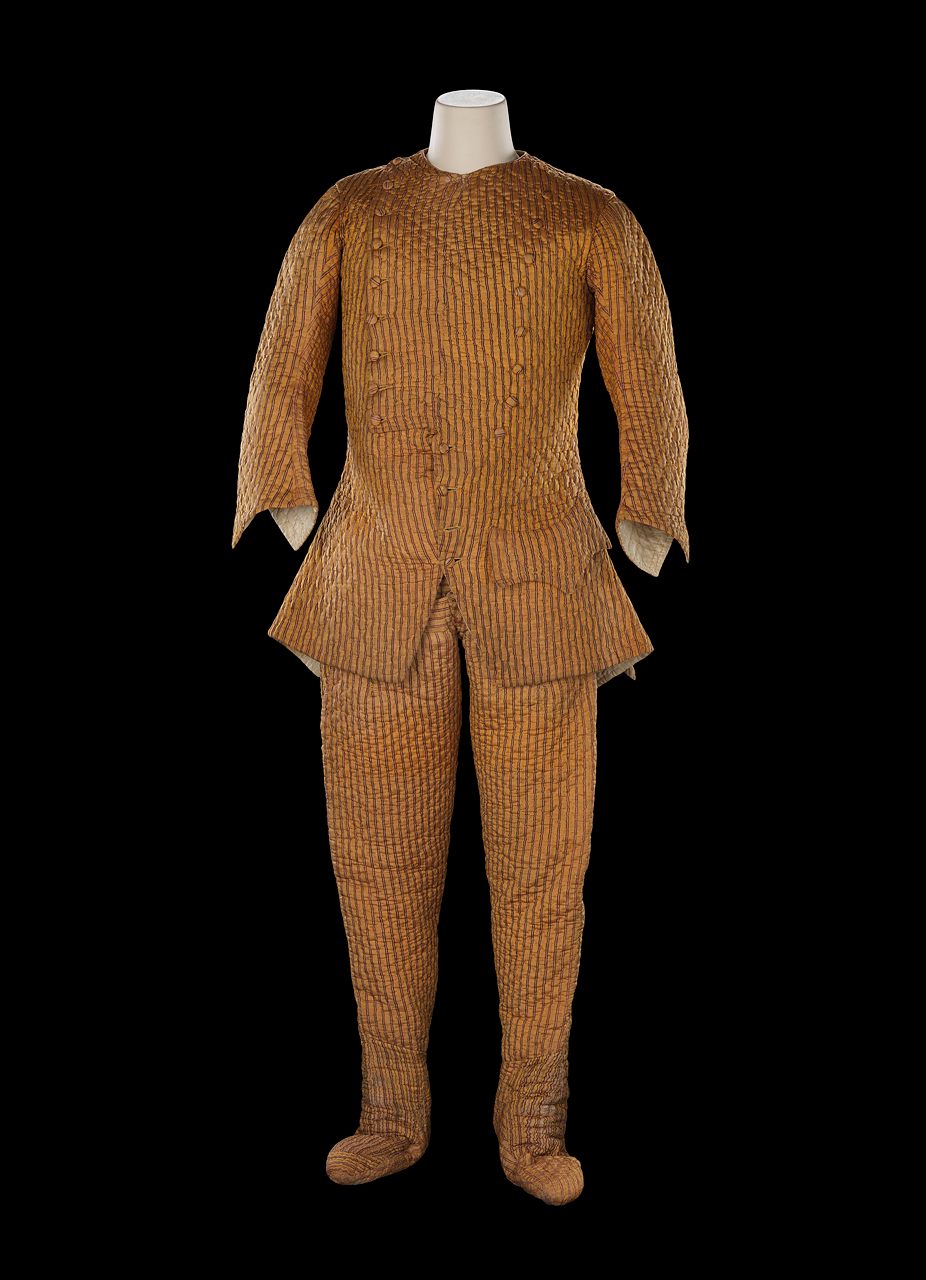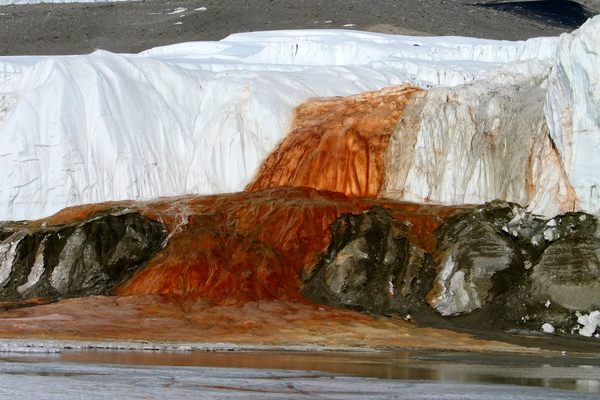How to Dress Like an 18th-Century Astronomer
Eventually, quilted, glittering pajamas gave way to parkas and moon boots.

In the 18th century, working at the Royal Observatory in Greenwich, England, was a pretty good gig, particularly if you enjoyed long nights tinkering with instruments and gawking at the sky. The main drawback was that it could get quite chilly.
A coat and scarf would probably suffice, but Nevil Maskelyne, who worked as Astronomer Royal for several decades until his death in 1811, found a more dapper solution: his very own custom-made stargazing suit.
Maskelyne spent a lot of time outside and in transit as he built on other astronomers’ foundations to develop a novel navigation method. With a sextant to measure the angle between the moon and other celestial objects, he figured, mariners could determine Greenwich time and gauge their longitude at sea. And in his role as founder and editor of the Nautical Almanac, which compiled star data, Maskelyne weathered many long, bitter nights at the observatory. His work was tedious and time-consuming: He trained a telescope on a meridian, listened to the clock tick, and jotted down the precise moment when various stars moved across the sky. Unfortunately for Maskelyne, the same clear, crisp conditions that are ideal for peering at stars also lead to shivering beneath them.

One way or another, Maskelyne got his hands on some gold silk from India. (Some accounts say it was a gift from his brother-in-law Robert Clive, divisive commander-in-chief of British India, while other historians have pointed out that such imported fabric was readily available in London at the time.) Sometime around 1765, Maskelyne had it fashioned into an observing suit that looks like a hybrid of glittering, jaunty evening attire and a toddler’s pajamas.
The suit is insulated with wool and flannel, and boasts a pair of built-in slippers to keep Maskelyne’s toes nice and warm. Ample cushioning around the seat of the trousers would have kept his rump a little more comfortable during long nights in his observing chair. “This suit reminds us of how physical and demanding astronomy was in the 18th century,” says Louise Devoy, senior curator of the Royal Observatory Greenwich, where the suit is currently in storage at the Prince Phillip Maritime Collection Centre.

Maskelyne’s contemporaries in England and abroad surely bundled up for chilly nights, but as far as Devoy can tell, a full observing suit like this one is pretty rare. Judging by the wear and tear around the collar and down the sleeves, though, she adds, it seems that Maskelyne got a lot of use out of it.
Clothing has changed since Maskelyne’s day. Technology, too. “In some ways, now, we’re quite spoiled,” Devoy says. “You’ve got astronomers sitting in a nice warm office, everything controlled by computer.” Instead of spending hours shivering on a rooftop observatory, many install their arrays on a remote mountaintop, then leave them behind and check in on them from home—even several states, countries, or continents away. “One of my colleagues and I observed using the Apache Point Observatory in New Mexico, but we didn’t do it from there,” explains Michelle Nichols, director of public observing at the Adler Planetarium in Chicago. “I was in suburban Chicago in my jammies sitting on my couch and the telescope was 1,300 miles away.” Snazzy getups like Maskelyne’s may be less necessary for the observers who survey the sky while “sitting in an office with a cup of coffee,” Devoy says, or in the comfort a living room.

When astronomers do venture out into the cold today, it’s often with a set of pretty standard-issue supplies. Astronomers who do stints with the United States Antarctic Program receive cozy, high-visibility Canada Goose parkas that they call “Big Red,” says Junhan Kim, a doctoral student in astronomy at the University of Arizona. Kim has traveled to Antarctica several times to work on the Event Horizon Telescope project, which recently stitched together the images used to visualize the shadow of the black hole in the galaxy known as Messier 87. Nestled in the parka, “it’s almost kind of warm,” Kim says. Almost.

Then again, in some ways, Kim hasn’t had it so bad. He went south during December and January, which are among the balmiest months in Antarctica. Considering that temperatures often slip below -100 degrees Fahrenheit in June and July, Kim’s -40 degree days don’t seem so terrible. Still, beneath the parka, layers are key. Researchers are encouraged to wear fleece jackets underneath, don Carhartt pants or overalls, and cover their heads with knit hats, balaclavas, and goggles. Kim stuffs hand and toe warmers in his gloves and boots, which resemble what astronauts wore on the lunar surface. (Nichols also uses these warmers as well, plus alpaca socks, when she is out working in the bitter Chicago winter—less brutal than Antarctica but still fairly ferocious.) When Kim had to free his fingers from the gloves to, say, adjust the screws on the telescope, he sometimes ducked inside to take a warming break afterward. He has also participated in a joyfully masochistic ritual known as the 200 Club or 300 Club, in which researchers sprint from the geographic South Pole into a sauna in the research station—about a one-minute run—wearing only swimsuits or skivvies. (The name of the activity is a nod to the temperature difference between the outside air and the sauna at various times of year.)
The puffy red parkas are loans that must be returned when researchers depart, but they’re on call and ready to be worn. In the 21st century, there’s less of a pressing need for a bespoke astronomy wardrobe—but if you do want to wear footie pajamas or head-to-toe gold silk while searching for the Corona Borealis or Delphinus, by all means, don’t let us stop you.


















Follow us on Twitter to get the latest on the world's hidden wonders.
Like us on Facebook to get the latest on the world's hidden wonders.
Follow us on Twitter Like us on Facebook